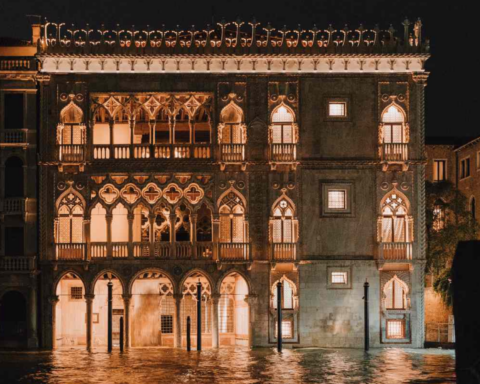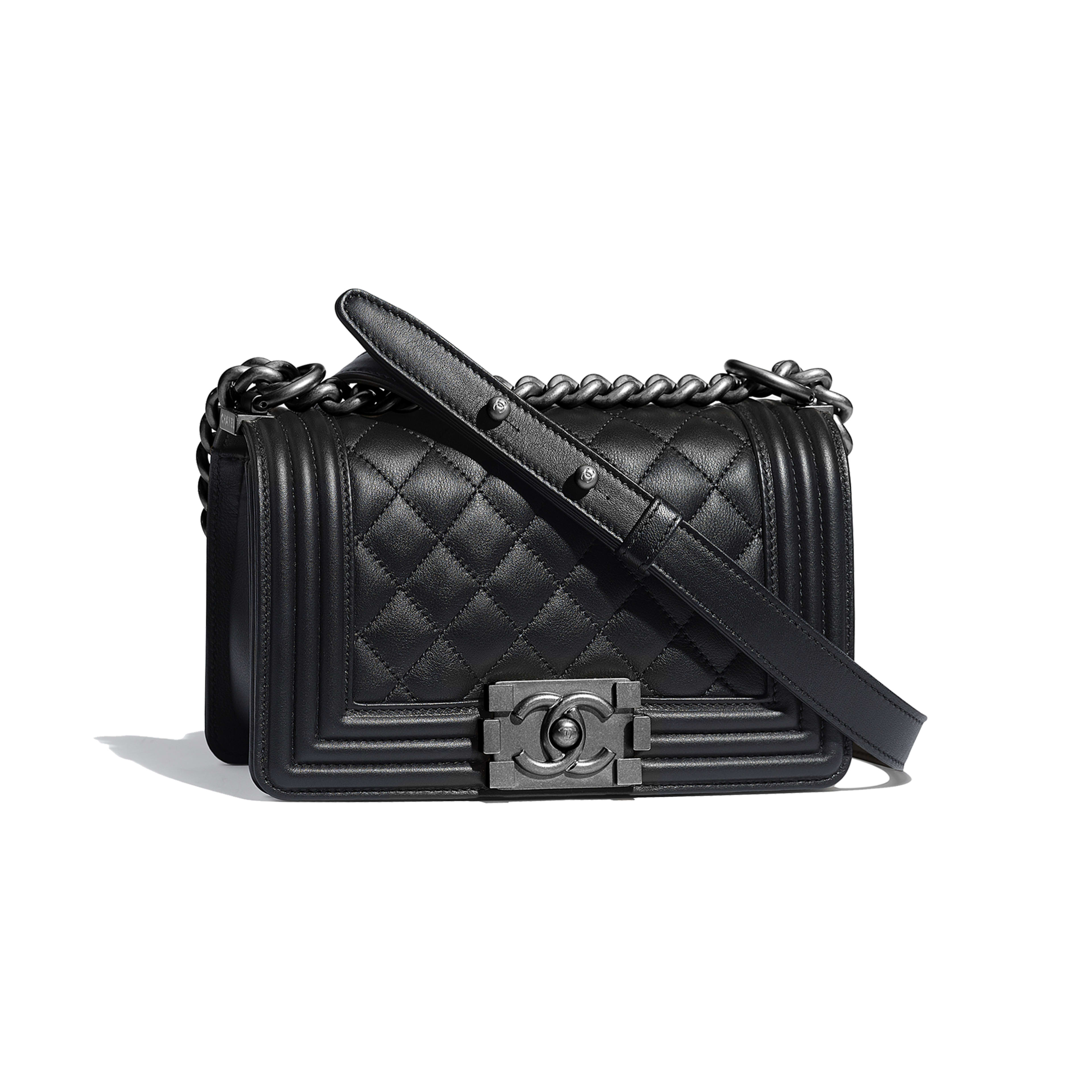[vc_row njt-role=”people-in-the-roles” njt-role-user-roles=”administrator,armember”][vc_column][vc_column_text]
In these times of confinement, with international travel compromised and luxury boutiques closed in several countries, luxury brands are forced to adapt to new restrictions, and in order to remain competitive, the switchover to digital is necessary. Hapticmedia has anticipated the constraints of digital, and now offers new tools, such as the 3D visualization tool.
Between the closing of stores and the threat of a confined Christmas, it’s a dark time for the luxury industry. While the sector is experiencing the worst recession in its history, luxury houses can no longer rely on physical sales and must now multiply digital offers in order to be resilient.
Enriching the digital experience
A problem arises: with a switch to digital, the luxury experience of the customer is put to the test, and many are still reluctant to buy a luxury product without actually seeing it. It is at this very point that the French start-up Hapticmedia proposes to boost.
Indeed, at this crucial time of the year, Hapticmedia is developing its 3D virtualization tool, allowing customers to try the products of their choice remotely. Customers can thus try on a watch, an accessory or even beauty products virtually from the comfort of their own home. Thus, Hapticmedia multiplies contracts and expects a significant increase in its sales.
“Even when stores reopened after the first containment, luxury homes continued to use our 3D tools,” said Henri Foucaud, co-founder of Hapticmedia. The pandemic makes it difficult to try on a ring or watch, and this has enhanced the in-store shopping experience“.
More than ever, the purchase of luxury products online has an important place, and it is, therefore, essential to adapt e-commerce, long overlooked by customers in the sector, preferring an in-store experience, so that it best meets the expectations of a fan of high-end products. In China, for the year 2019, 35% of the sector’s sales will be outside physical stores, and digital is on track to become the leading channel for luxury goods purchases by 2025.
A digital personalization tool
The interactive tool, still in its early stages, already allows you to visualize watches, jewelry, and cosmetics. At Guerlain, the tool even offers to personalize your lipstick by engraving the outside of the block or the inside mirror.
“Personalization is also a fundamental trend in luxury, and is part of the DNA of brands,” explains Henri Foucaud. It is a particularly important phenomenon in China, where the market has already recovered with the end of the pandemic“.
Hapticmedia can count on LVMH to gain visibility through its Station F incubation program. The start-up discusses its plans for the future and plans to further develop its offering so that it can offer this tool on a broader range of luxury products, such as fashion, leather goods, and optics. A fund-raising campaign is planned, with the objective of strengthening the dynamism of digital technology for luxury brands and making its support even more attractive.
Read also > RICHEMONT GROUP UNVEILS NEW DETAILS ON ITS LOYALTY PROGRAM
Featured Photo : © Presse [/vc_column_text][/vc_column][/vc_row]











